Critics Choice Vacations
Sistine Chapel, Rome, Italy
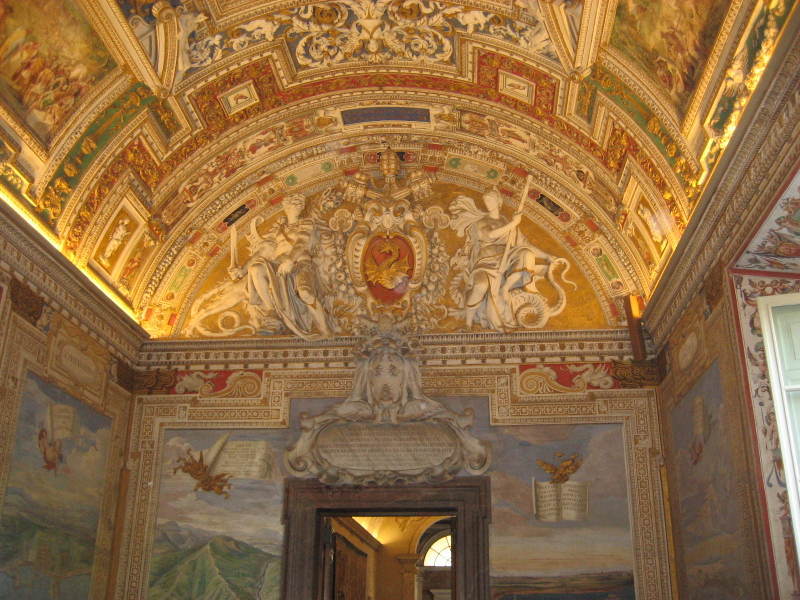
The Sistine Chapel (Italian: Cappella Sistina) is a chapel in the Palace of the Vatican, the official residence of the Roman Catholic Pope in the Vatican City. It was built between 1475 and 1483, in the time of Pope Sixtus IV, and is one of the most famous churches of the Western World. The name Sistine is derived from the Italian sistino meaning of or pertaining to Sixtus IV.
Its known worldwide both for being the hall in which conclaves and other official ceremonies are held, including some papal coronations, and for having been decorated by Michelangelo. It is located to the north of St. Peter's Basilica, after the Scala Regia, and originally served as the Palatine chapel inside the old Vatican fortress.
The chapel is rectangular and measures 40.93 meters long by 13.41 meters wide (the dimensions of the Temple of Solomon, as given in the Old Testament). It is 20.70 meters high and is roofed by a flattened barrel vault, with small side vaults over the 6 centered windows. The pavement (15th century) is in opus alexandrinum.
A transenna in marble by Mino da Fiesole, Andrea Bregno and Giovanni Dalmata divides the chapel into two parts; the wider one, together with the altar, is reserved for proper religious ceremonies and other clergy uses, and the smaller one for the faithful. The passage (cancellata, gateway) was originally in gilt iron and more central; it was moved toward the faithful area to grant a wider space for the pope. By the same artists is the Cantoria, the space for the chorus.
During important ceremonies, side walls are covered with a series of tapestries (by Raphael) depicting events from the Gospels and the Acts of the Apostles.
The first mass in the Sistine Chapel was celebrated on August 9, 1483, as a ceremony by which it was consecrated and dedicated to the Assumption of the virgin Mary.
(For this and other information about the Vatican, please visit www.vaticantours.com) Thanks to L. Hayes for the use of the photo from her recent trip.
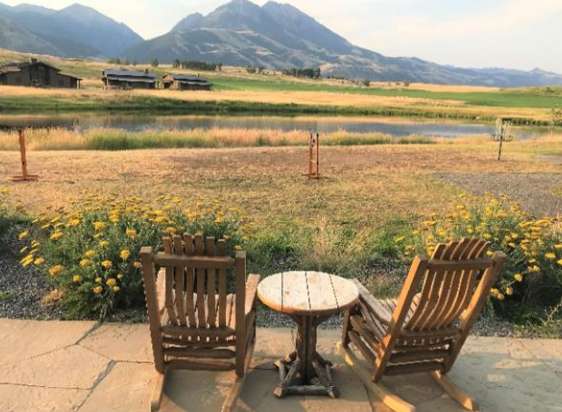
Like so many other parents this Fall, my husband and I became “Empty Nesters”. Our baby girl, and youngest of three was heading off to college and we were faced with the reality of being alone for the first time in 26 years. We decided that this was a life milestone that we should observe, rather than dread. We had spent years devoting endless time and energy to our children and now they were all out in the world as healthy, happy, productive members of society. We had much to celebrate. So, after dropping our daughter off at college we traveled to Montana’s Paradise Valley and spent a few days at Sage Lodge to mark this special occasion. Montana’s Paradise Valley starts near Livingston, which sits on I-90, and stretches south along highway 89 towards Yellowstone National Park. It is the major river valley of the Yellowstone River and is flanked by the Gallatin and Absaroka Ranges. Highway 89 was the original entrance into Yellowstone National Park, although there are now two additional entrances, one each in Montana and Wyoming. Along with its unmatched beauty and world-class fly fishing on the river, the valley also offers other natural wonders such as several natural hot springs.
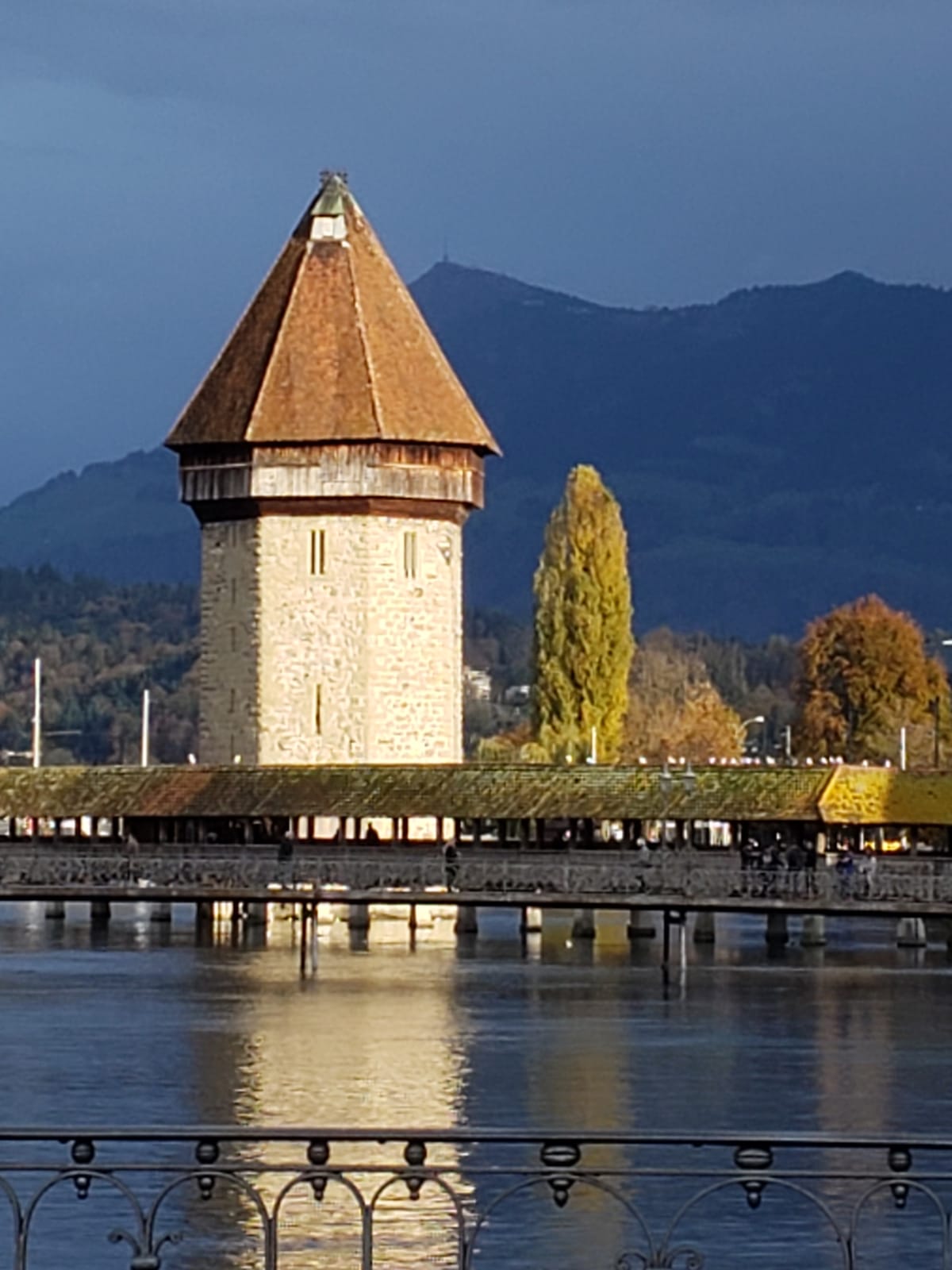
Ernest Hemingway once described Switzerland as “a small, steep country, much more up and down than sideways, and stuck all over with large brown hotels built on the cuckoo clock style of architecture.” Susan’s recent travels between Geneva and Zurich proves that a lot has changed in the Swiss hotel scene since Hemingway’s observation. While she has lots of experience setting up pre- and post-river cruise activities and private trips in the area, this “self-imposed” familiarization was to acquaint herself with Virtuoso’s Swiss properties. Susan’s excited to share her thoughts on this diverse list of hotels, as well as the historic cities they call home.
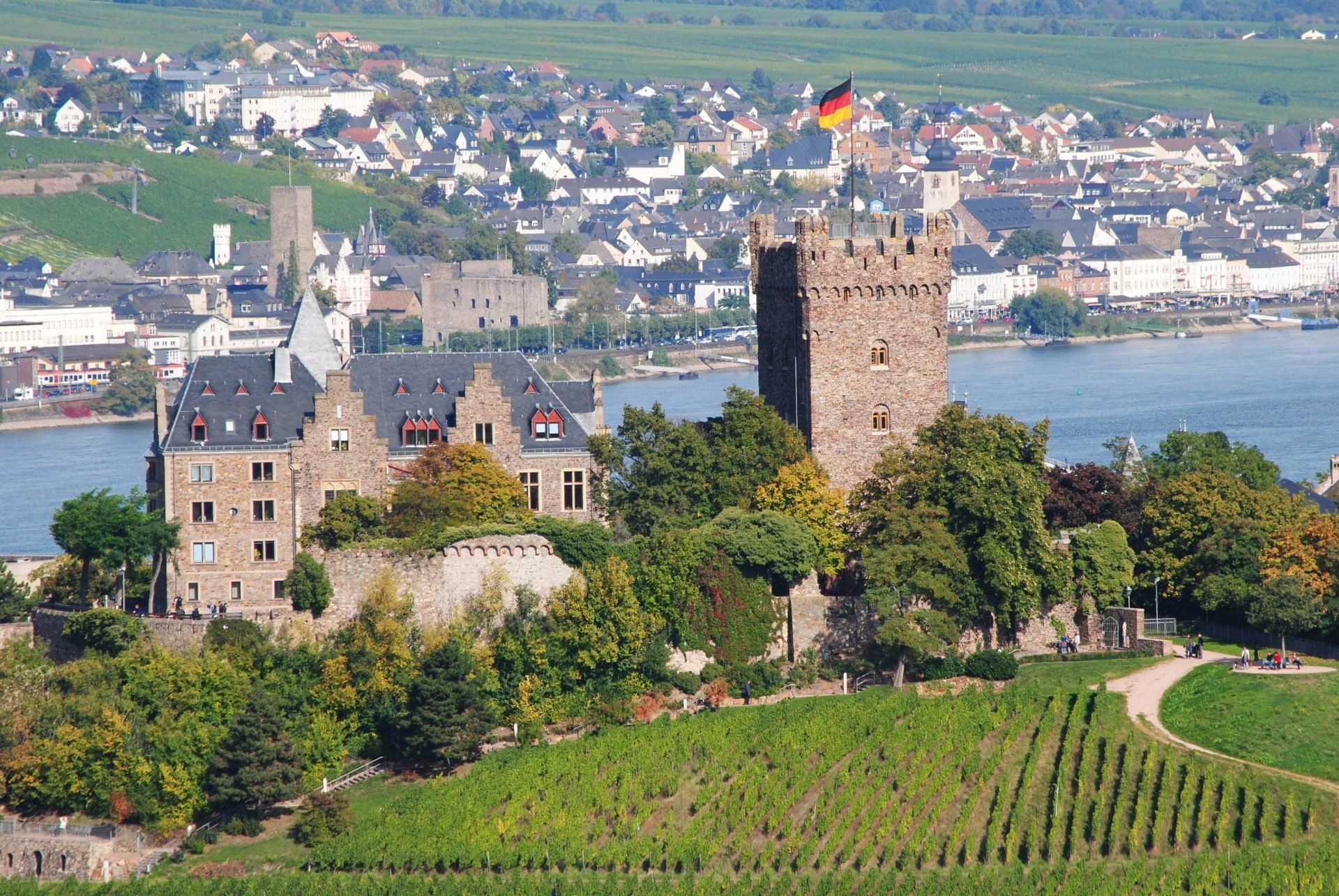
This past fall, Susan was invited to sit on the Advisory Board for the German National Tourism Offices out of New York City. In partnership to boost tourism to Germany, she toured two of the country’s most iconic cities. From the eclectic coffee and artistic scenes of Hamburg, to an exploration of the tumultuous history of Berlin, there was a lot to take in. Susan hopes her journey will shed light on why Germany should be the destination of your next European vacation. Below you’ll find some incredible places to stay, cuisine to sample, and experiences that will put the discovery of German culture at the forefront of your travels.
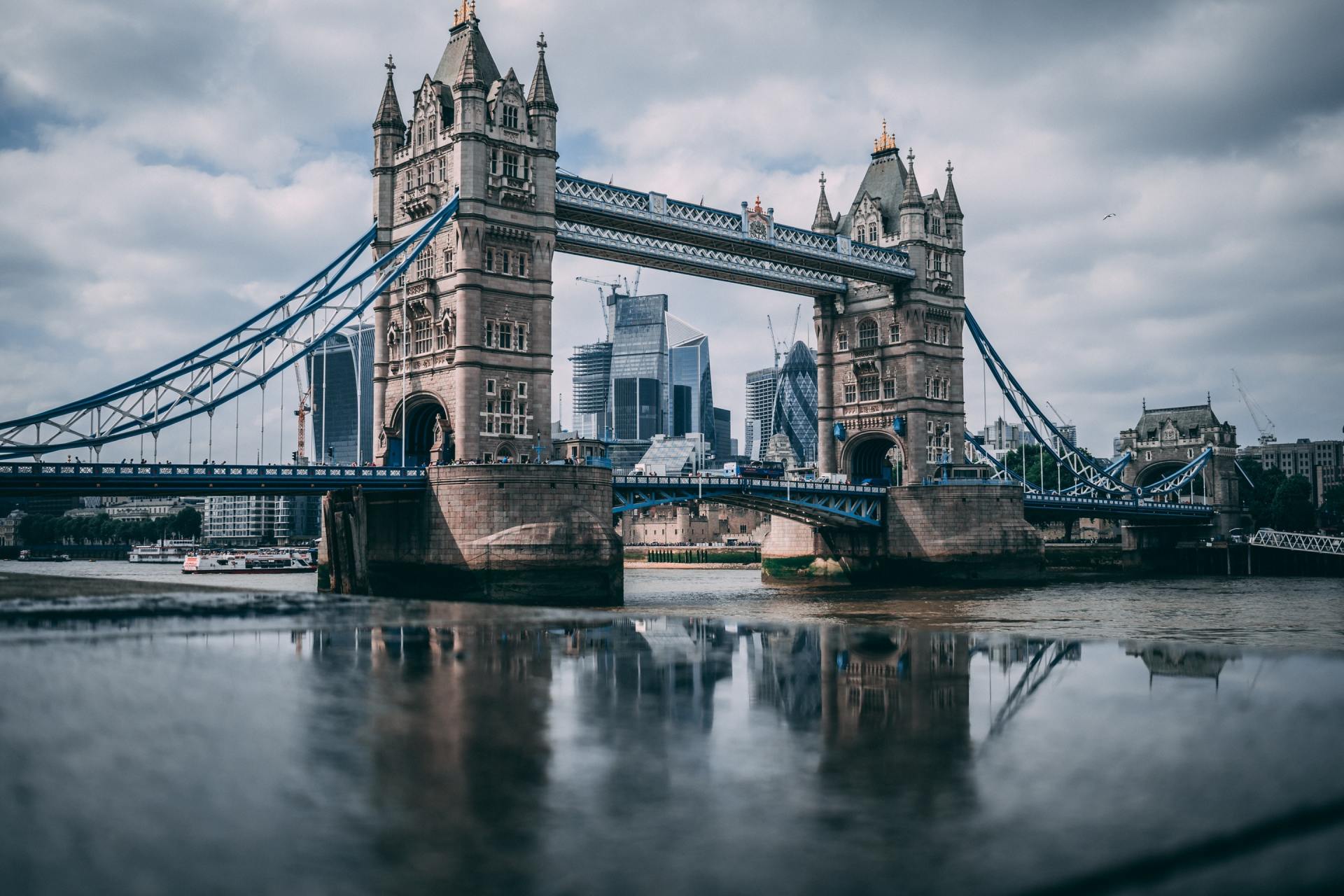
With Paris and Rome, London forms the trifecta of must-visit cities for those first taking the dive into European culture. A hub of history, politics, architecture (both very old and very new), and the arts, London has a little bit to offer everyone. This November, Susan had the opportunity to tour over a dozen of the city’s best boutique hotels so you know where to stay during your visit. In addition, Susan also toured some of the charming villages that surround London that are perfect for a day trip, or quick weekend, to escape the hustle and bustle of the city. She hopes her exploration of this British metropolis will help you know where to start when planning your first (or next) European getaway.

